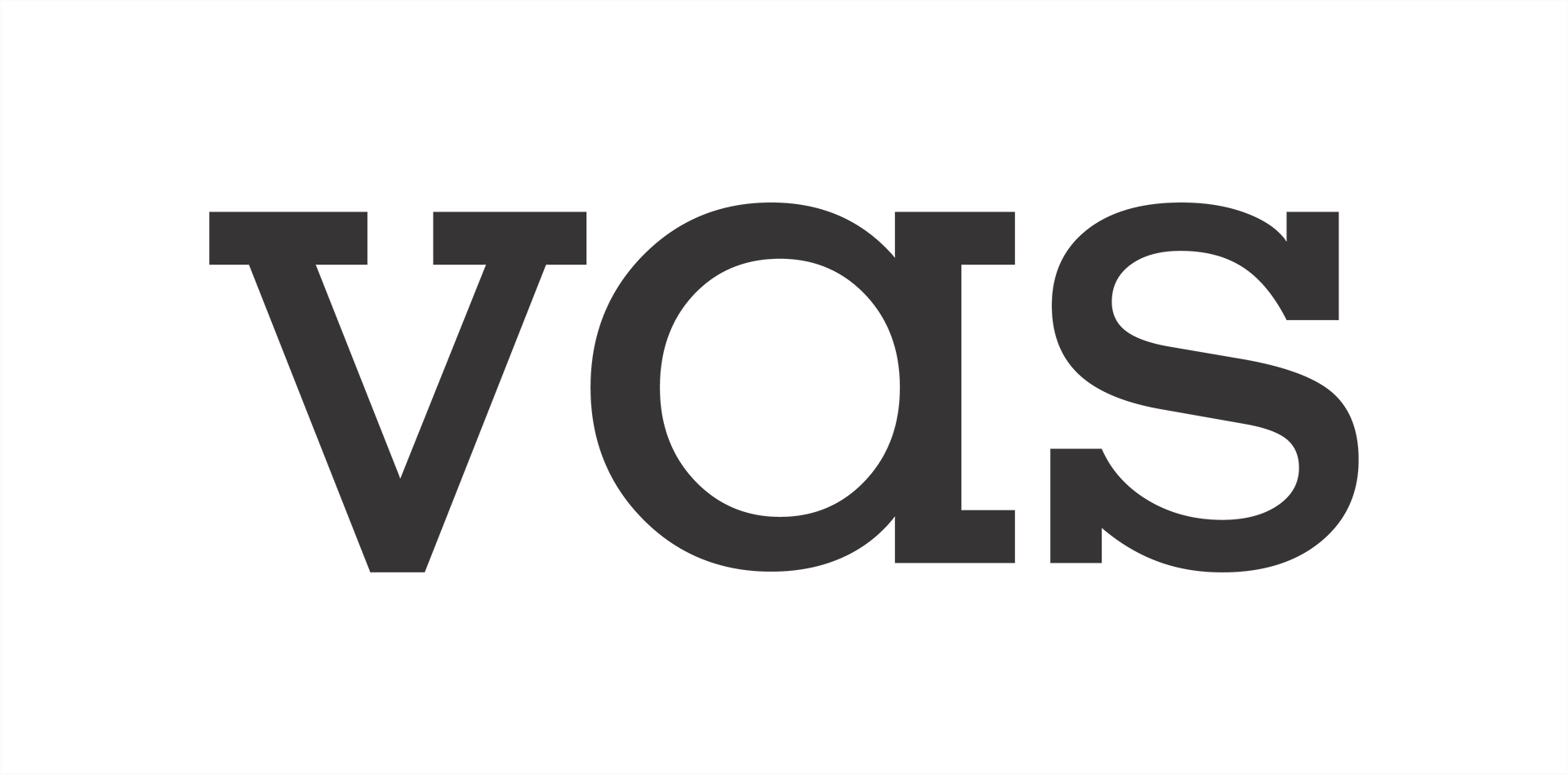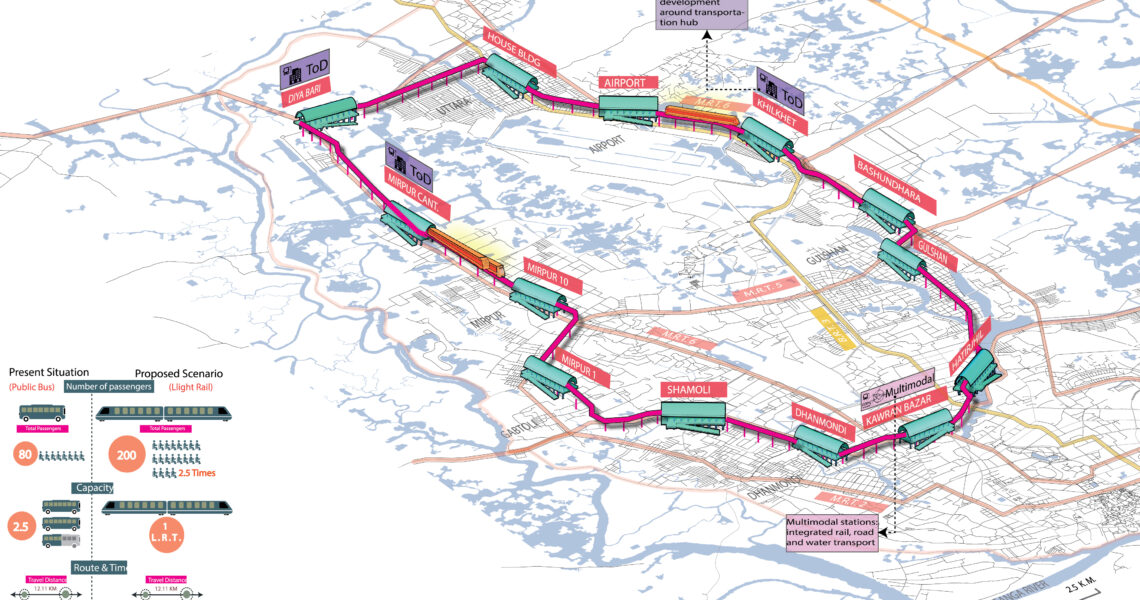A 40 km LRT connecting major areas of the city
Despite being one of the fastest growing and most densely populated cities in the world, Dhaka has a rudimentary transportation system with some unique characteristics, such as the absence of properly planned and organized mass transit system, excessive number of NMTs, dearth of road space which is shared by heterogeneous traffic mix.
With a huge population of over 15 million, concentration of both motorized and non-motorized vehicles, inadequate transportation facilities and policies, varied mixture of traffic, absence of dependable public transport system, inadequate traffic management practices and parking facilities have intensified the traffic congestion and environmental problems in Dhaka.

The only way the traffic and transportation problems in Dhaka can be solved is by upgrading the public transport especially the Mass Rapid Transit system which can serve maximum people with minimum traffic. Public transport system not only circles around the challenges of mobility but it is also an integrated vision comprising urban culture, environment, infrastructure and social practices.
The proposed Light Rail Transit (LRT) imagined by Bengal Institute, will operate as a circular line passing through Uttara, Airport, Khilkhet, Badda, Gulshan, Tejgaon, Kalabagan, Dhanmondi, Sher-e-bangla Nagar, Adabor, Mirpur, Pallabi and Turag. The line can also draw passengers from nearby Dakshinkhan, Rampura, Ramna, Shahbagh, New Market, Mohammadpur and Kafrul area.
The line may serve from about 2 million to more than 3.5 million people depending on various aspects, such as locations of stations, feeder service, other provisions for better accessibility etc. The number of total trips generated by these people ranges from 3.5 million to 6.8 million daily, 30 percent of which have been assumed to be borne by the proposed LRT. For the circular line, an average of 1 kilometre distance is needed between the stations. Locations of important commercial, transport hubs and busy intersections need to be taken into consideration while choosing the location of the stations. The number of total stations is estimated to be 40, for a 42 km line.

Assuming a 16 hour operation everyday, passenger trips per hour can be from 68,750 to 125,000 respectively. Considering all the costs and taking the overhauling and replacement costs into account, the yearly operation and maintenance cost is approximated at ৳350 crore BDT ($44 million USD) per year. The estimated revenue will be between ৳1,700 crore BDT ($215 million USD) and ৳2,400 crore BDT ($305 million USD) per year for different but reasonable fare structures, that is if the fare range is between ৳50 and ৳200 BDT.

Project developed by:
Kazi Khaleed Ashraf; Dhrubo Alam and Masudul Islam
Featured image: Overview of Dhaka Circular Light Rail (LRT). (c) Bengal Institute

